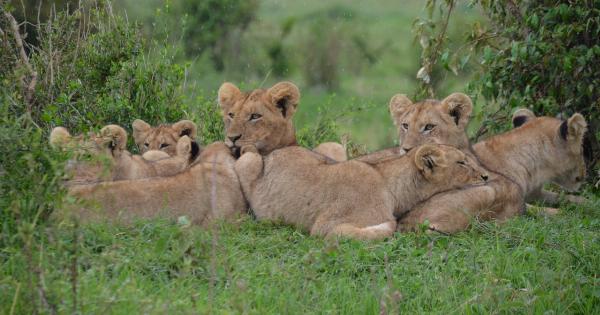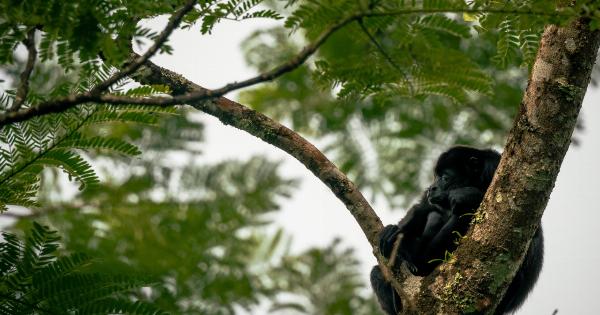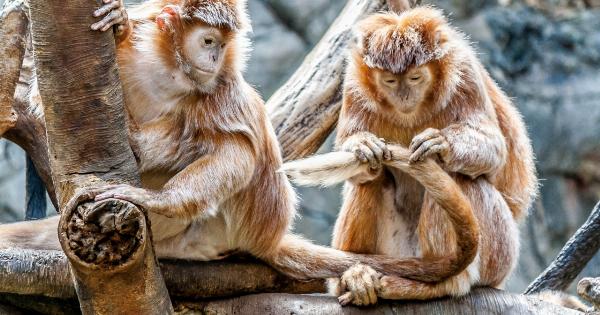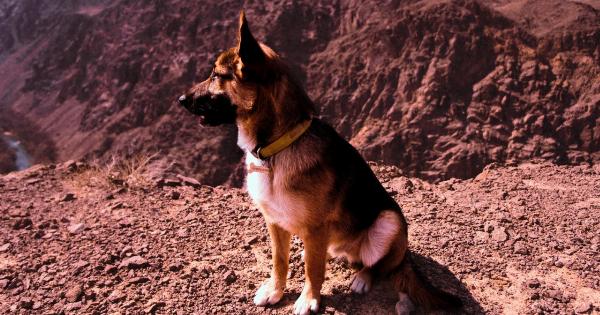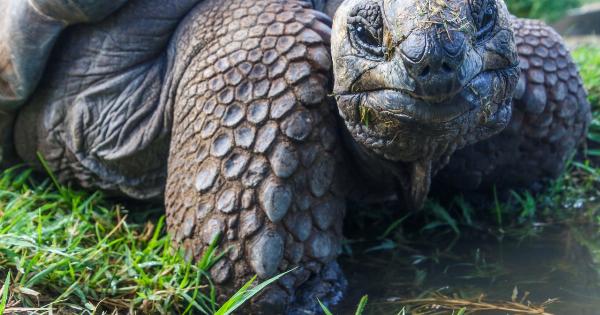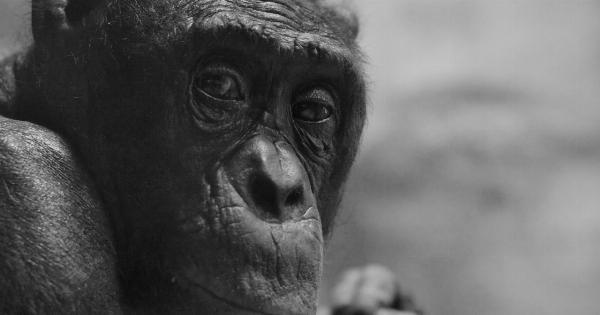In a surprising turn of events, Italy has recently reported three cases of monkey infiltration.
These incidents have raised concerns among the local population and sparked debates on wildlife conservation and the impact of human activities on natural habitats.
The First Case: A Monkey in a Residential Area
The first reported case occurred in a residential area in Milan. Several residents spotted a monkey swinging from tree to tree and fearfully called local authorities.
Animal control was dispatched to the scene, and after a lengthy chase, they managed to capture the monkey. It was later determined to be a Barbary macaque, a species not native to Italy.
This incident left residents puzzled, as Barbary macaques are typically found in North Africa and Gibraltar. How the monkey ended up in Milan remains a mystery.
The Second Case: A Monkey in a Tourist Hotspot
The second case took place in the beautiful coastal town of Amalfi. Tourists and locals were astounded when they noticed a Capuchin monkey wandering around the town’s main square.
Videos of the playful primate quickly circulated on social media, attracting the attention of authorities.
Animal experts were immediately alerted, and they successfully tranquilized the monkey. After conducting genetic tests, it was confirmed that this particular Capuchin monkey was indeed a pet that had escaped from a nearby villa.
The owner was charged with illegal possession of a non-indigenous species.
The Third Case: A Monkey on the Loose
The most recent case occurred in the picturesque town of Verona. A group of hikers spotted a lone monkey in the woods during one of their nature treks. Worried about the safety of both the animal and the people, they reported the unusual sighting.
Local authorities, in cooperation with wildlife experts, initiated a search and rescue operation. After hours of careful tracking, they managed to capture the monkey and relocate it to a specialized primate rescue center.
Experts suspect that this monkey might have escaped from a traveling circus or a private zoo.
Concerns and Impacts on Local Ecosystems
These recent monkey infiltrations have sparked concerns among ecologists and wildlife conservationists. Italy is home to various species of primates, including the endangered Sardinian macaque, which relies on its natural habitat to survive.
The introduction of non-native species, such as the Barbary macaque and Capuchin monkey, can have detrimental effects on the local ecosystems.
They might disrupt the natural balance, compete for resources, and potentially transmit diseases to native wildlife.
Moreover, the incidents have shed light on the illegal pet trade and the need for stricter regulations. Exotic animals might end up in the wrong hands, and when released or escaped, they can pose a threat to both humans and indigenous species.
The Importance of Wildlife Conservation
These cases emphasize the importance of wildlife conservation and proper management of natural habitats. Maintaining biodiversity ensures the survival of various species and contributes to a healthy ecosystem.
Efforts should be directed towards educating the public about responsible pet ownership and discouraging the illegal pet trade.
Implementing stricter legislation and enforcing penalties for owning non-indigenous species can help prevent incidents like these from occurring in the future.
Collaboration and Awareness
The recent monkey infiltrations have prompted authorities, environmental organizations, and local communities to collaborate on finding solutions.
The incidents have ignited public awareness regarding the fragile state of the environment and the need for conservation.
By working together, implementing effective policies, and fostering awareness, it is possible to ensure the protection of native species and preserve the natural habitats that make Italy a unique and diverse country.












